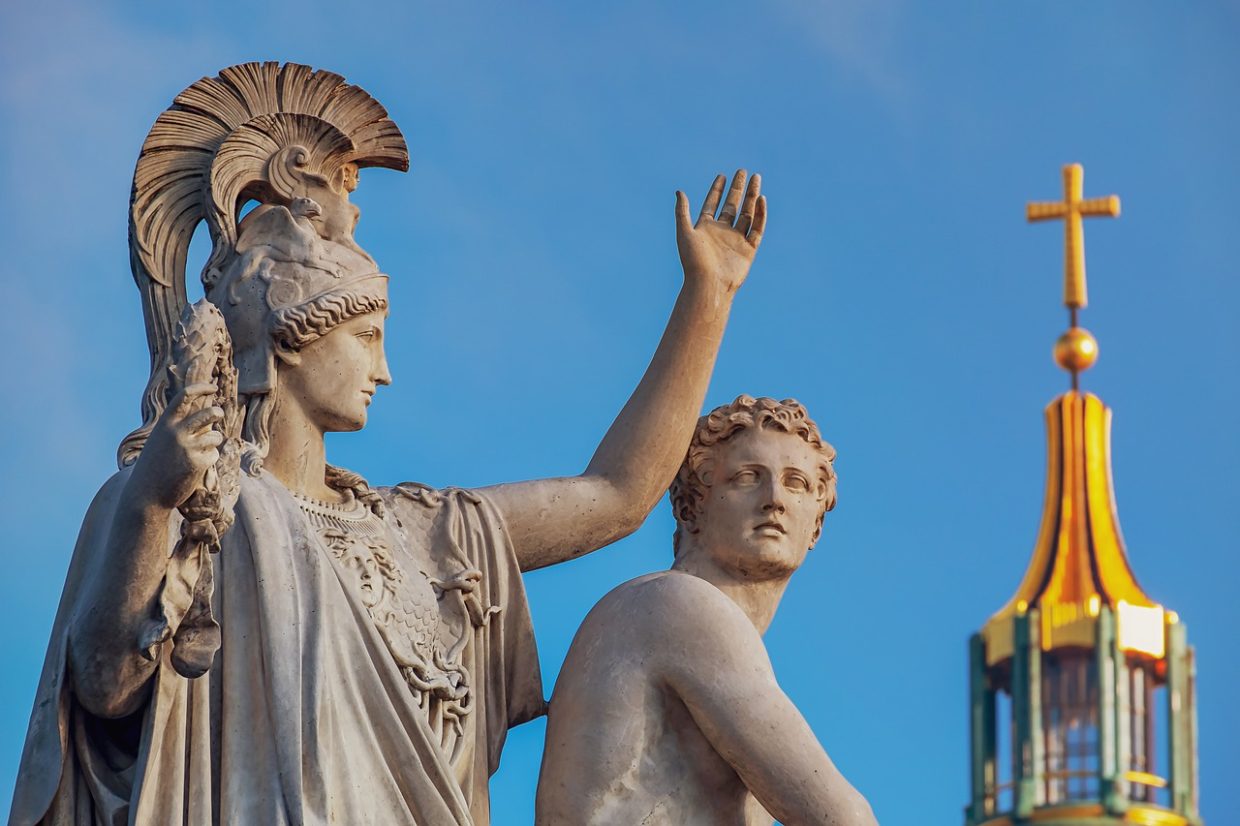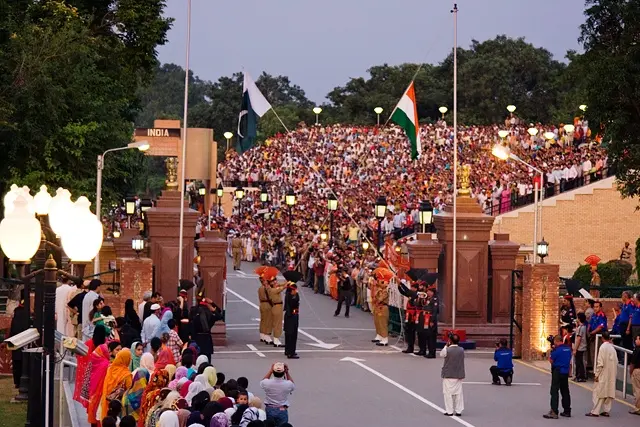Australian Nature Religions on the Rise: From Witchcraft’s Illegal Past to Present Growth

Nature religions, commonly referred to as Paganism (or neo-Paganism), are becoming increasingly popular in Australia. According to the most recent Census, 33,148 people declared their affiliation with a nature religion, including Animism, Druidism, and the many traditions of Wicca – the most widely practised Pagan pathway. This is a significant increase from the 4,353 Australians who identified as Pagan in the previous Census 30 years ago. Additionally, Christianity has seen a decrease in affiliation over this same period.
Legal Status of Paganism in Australia
It’s worth noting that the repeal of laws against practicing witchcraft in Australia has occurred at different times in various states and territories, some as recent as this century. For instance, it was only 10 years ago, in 2013, that the Northern Territory repealed these laws. Victoria followed suit in 2005, Queensland in 2000, and South Australia in 1991. Remarkably, New South Wales was the first state to repeal them way back in 1969. These laws in Australia were derived from the British Witchcraft Act of 1735, which was itself repealed in 1951, marking the last conviction of a witch occurring in 1944.
Despite these legal changes, many Pagans remain cautious about openly practicing their faith due to the persisting misconception of believers as Satan worshippers. Consequently, the reported Pagan population in Australia may be significantly lower than the actual number, as participation in the Census is optional, and some may choose not to disclose their beliefs.
Paganism in the 1990s and 2000s
The Satanic panics of the 1980s in both the UK and America exacerbated the situation, as did the disturbing history of Pagan symbol appropriation by far-right movements, particularly in Germanic and Scandinavian countries. However, Paganism experienced significant growth during the 1990s, thanks to popular movies and television shows like The Craft, Sabrina The Teenage Witch, Buffy The Vampire Slayer, and Charmed. The widespread success of Harry Potter in the early 2000s further normalized magic for an entire generation.
Paganism’s strong focus on nature worship aligns well with our current society’s increasing climate consciousness. Moreover, its predominantly female support base (as per 2021 Census data, 66% of Pagans identified as women) offers an alternative to traditional patriarchal church hierarchies. Additionally, Paganism embraces individuals from diverse backgrounds and sexual orientations, promoting inclusivity.
Beliefs and Practices of Paganism
Paganism is an umbrella term encompassing various nature-based spiritual paths, where followers share a deep reverence and spiritual connection with nature. While there is no singular set of beliefs or practices among Pagans, they draw inspiration from ancient ceremonial magic, group organization resembling Freemasonry, and earlier Pagan cultures. Some Pagans believe that those persecuted for witchcraft in European history were actually adherents of a surviving Pagan religion. The modern revival of Paganism began in 1940s Britain, influenced by Romanticism, Victorian-era spiritualism, and a recognition of nature’s ancient wisdom amidst a perceived corrupting influence of contemporary society. This revival quickly spread across Europe and other countries, including Australia, influenced by the United States and Scandinavia.
While most Pagans are solitary practitioners, some choose to join covens or similar groups, with female Pagans often showing a stronger inclination towards group worship compared to men. Additionally, there is an active online community on platforms like TikTok (#WitchTok). Ritual magic holds significant importance within Paganism, often aligned with celestial events such as full moons, solstices, and equinoxes, which are celebrated accordingly. Pan, a horned nature god, along with Diana, a Roman goddess, and Hecate, a Greek goddess, hold central roles across Pagan traditions. Wiccans typically worship both a goddess and god pairing, though some emphasize one gender more than the other. Shamanism, centered around shamans who achieve various powers through trance or ecstatic religious experiences, is also experiencing a revival, although it is not yet listed separately on census forms.






